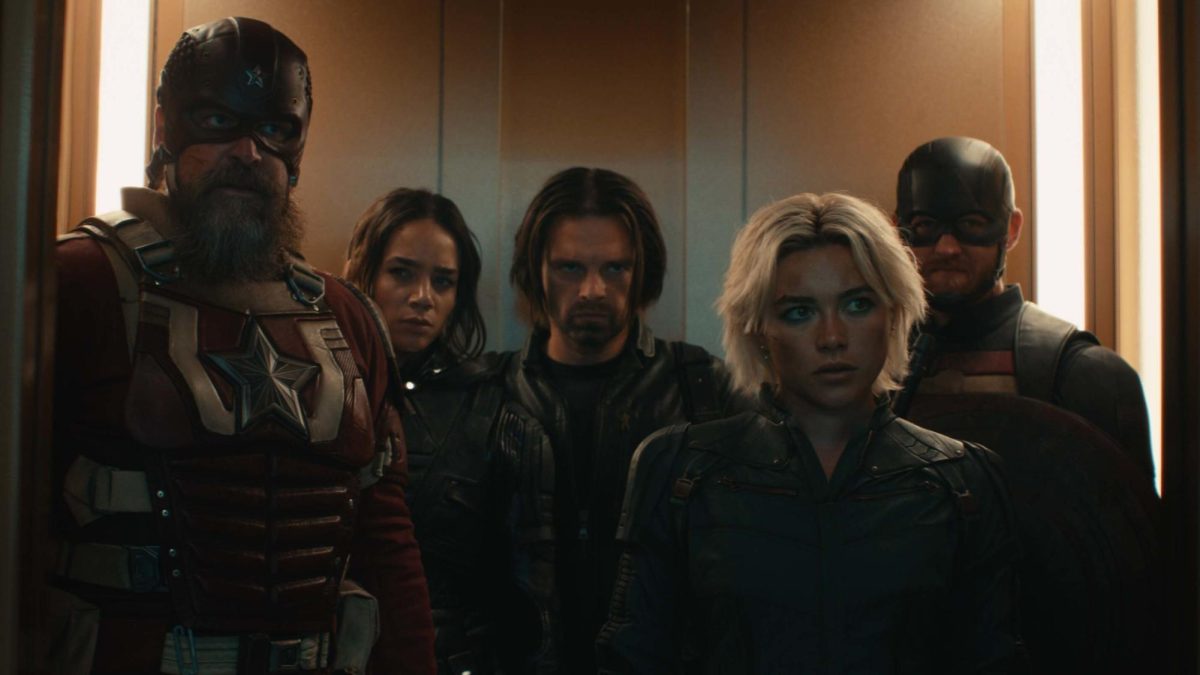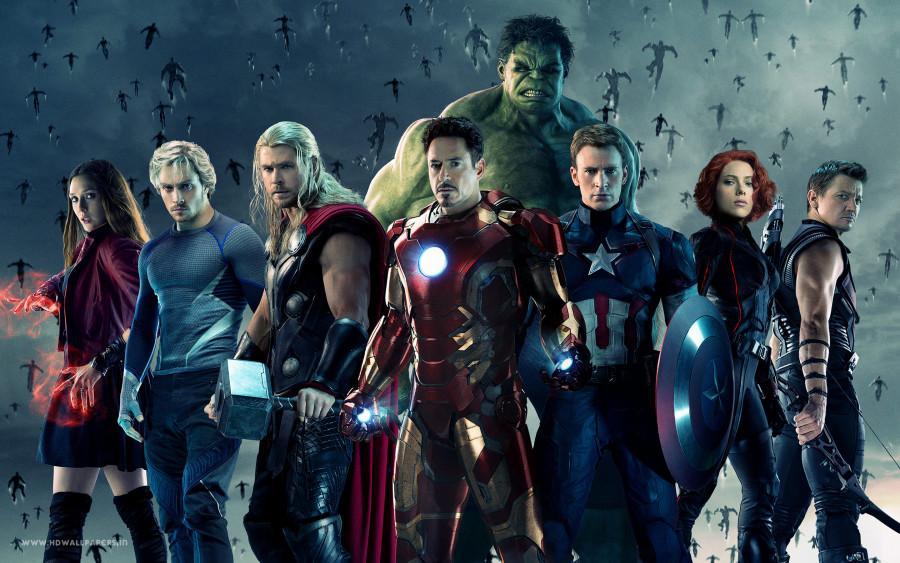 Is it possible? Could it really, actually happen?
Is it possible? Could it really, actually happen?
Is there hope on the horizon that 3-D, the silly, overpriced scourge that has overtaken Hollywood blockbusters for the past five years, could finally be dying out for real?
Last week, several film blogs and news sources reported that for the first time since 2009 (the year “Avatar” came out), the 3-D box office was expected to drop. An article on SlashFilm noted that part of the reason for the decline is simply the film offerings this year, which are unlikely to match last year’s explosion of blockbuster hits like “The Avengers” and the final installment of Christopher Nolan’s Batman trilogy.
That may be the excuse 3-D technology companies peddle to their investors, but it’s ignoring the greater fact: Audiences just don’t want to see 3-D movies anymore. And frankly, I don’t think we ever really needed them.
From the beginning, 3-D was a gimmick used to convince audiences to come back to the movie theater. With the rise of fancy HDTV home theaters and impressive home sound systems, viewers’ desire dropped to go to spend $10 on a ticket (plus an additional $10 on snacks) for a film they couldn’t be assured was actually good.
In 2005, the number of tickets sold dropped drastically by about 130 million. It shouldn’t surprise many that two years later, 3-D was used in major motion pictures like “Beowulf” and “Journey to the Center of the Earth” at an extra cost of about $3 a ticket.
It didn’t annoy many audiences back in its heyday, because then it was actually fairly well done. Most movies were filmed in 3-D, not post-converted like blockbusters today. Plus, it wasn’t attached to every single big movie. In 2008, five major releases used 3-D. Three years later, 35 wide releases incorporated the tired technology.
The increase in 3-D didn’t lead to an increase in quality, either. There were exceptions – “Avatar,” “How to Train Your Dragon,” the recent Oscar winner “Life of Pi” – but for the most part, the conversions or 3-D effects were barely noticeable at best.
The worst part is that 3-D never really accomplished what it was created to do, from either an economic or cinematic perspective. It was supposed to bring more people to the theater and make up for the drop in ticket sales in 2005, but it’s been barely a factor and perhaps a detriment.
Ticket sales have still dropped. Last year, sales were a little below 1.4 billion, up 6 percent from the previous year. It sounds good, but the number of tickets sold was actually less than in 2005. Total box office gross may be increasing, but that’s mainly been because of the increasing average ticket price, which has gone up by $1.64 since 2005.
At the same time, directors and producers have talked up 3-D as great technology to create unique, immersive cinematic experiences. I haven’t found 3-D to immerse me into its worlds any more than simply good filmmaking.
My favorite two films of 2012 were “Zero Dark Thirty” and “Argo.” Neither film incorporated 3-D, but I was fully immersed into their stories. “Argo” simply used smart, sharply written storytelling and period detail to get viewers hooked into its story; “Zero Dark Thirty” used a spellbinding lead performance and an acute eye and ear for authenticity to make me feel like I was really watching the hunt for Osama Bin Laden.
Those films leapt off the screen, no 3-D necessary.
My favorite film, 2006’s “Children of Men,” got audiences into the film in a different way: editing, or the lack thereof. To put the audience into the film, director Alfonso Cuarón used long, unedited takes – one a four-minute attack on a car, another a seven-minute shot that followed a character through the rubble of war. Without an edit to change the viewer’s perspective or alter the timeline of a scene, the viewer feels like they are there, witnessing the action first-hand.
Once again, no 3-D needed.
It would be wildly naïve to think 3-D will completely die off, even with this report of a decline in box office shares. Theaters and studios didn’t spend millions and billions of dollars on a technology they intend to abandon. 2013 still has 22 movies currently slated for 3-D release, and even if the extra dimension doesn’t sell as many tickets, each one it does makes an extra $3.
But hey, a critic can dream.









